Too Much Restriction Enzyme
Too Much Restriction Enzyme. The presence of contaminants in the dna sample can inhibit the enzymes, also resulting in incomplete digestion. (up to 60 min is ok, but not too much longer than that).
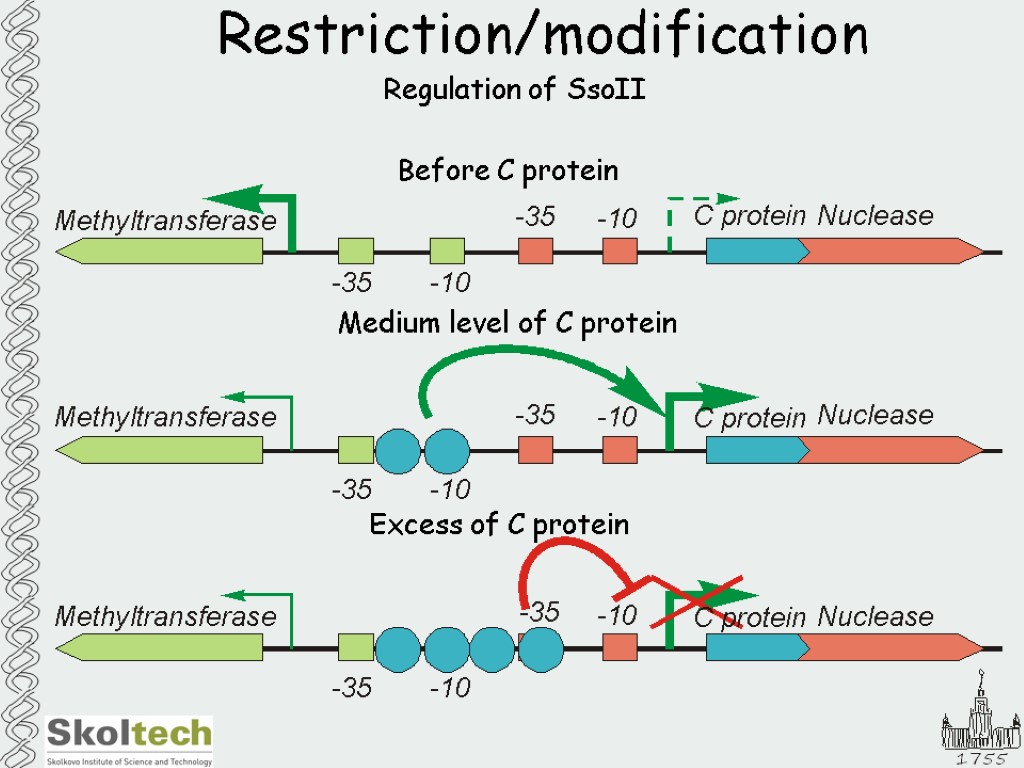
 MSU & Skol. Tech Restriction/modification. Restriction from present5.com
MSU & Skol. Tech Restriction/modification. Restriction from present5.comWhat happens if you add too much restriction enzyme? What happens if you add too much restriction enzyme? What happens if you add too much restriction enzyme?
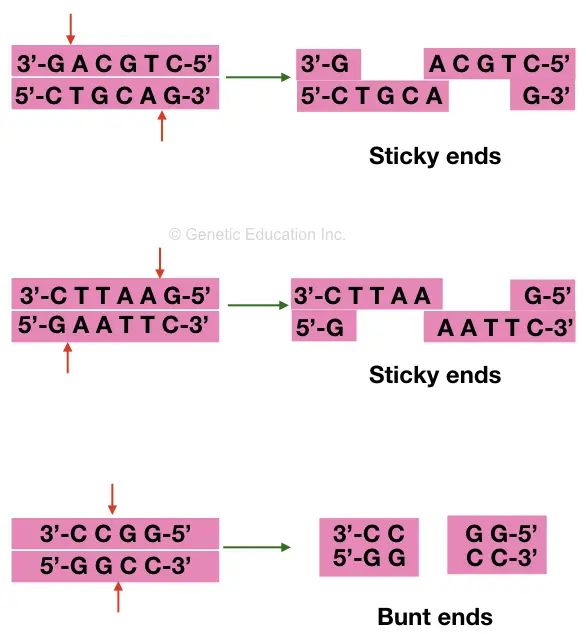
Some restriction enzymes require cofactors for full activity. To do this, you'll use enzymes with restriction sites that flank the insert.
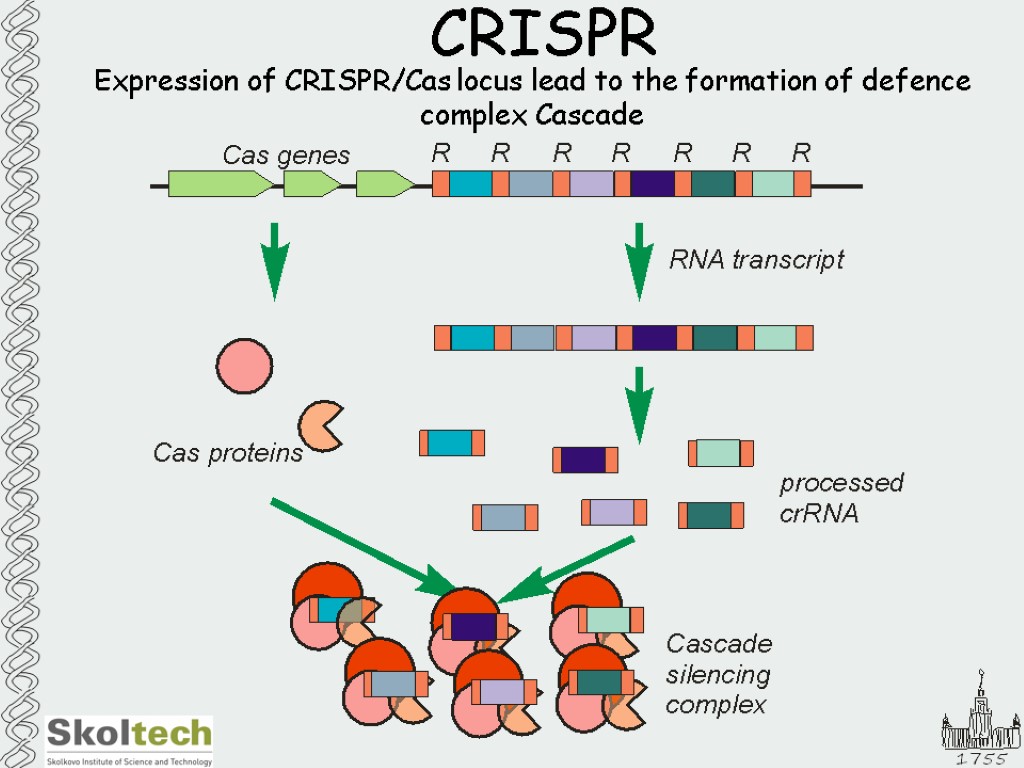
But the main problem is that the first enzyme i used is bamhi which is fastdigest but when i run it on the gel it gave me unexpected bands which means over digestion (6 hours) star activity and (no difference between cut and uncut (45. To do this, you'll use enzymes with restriction sites that flank the insert.
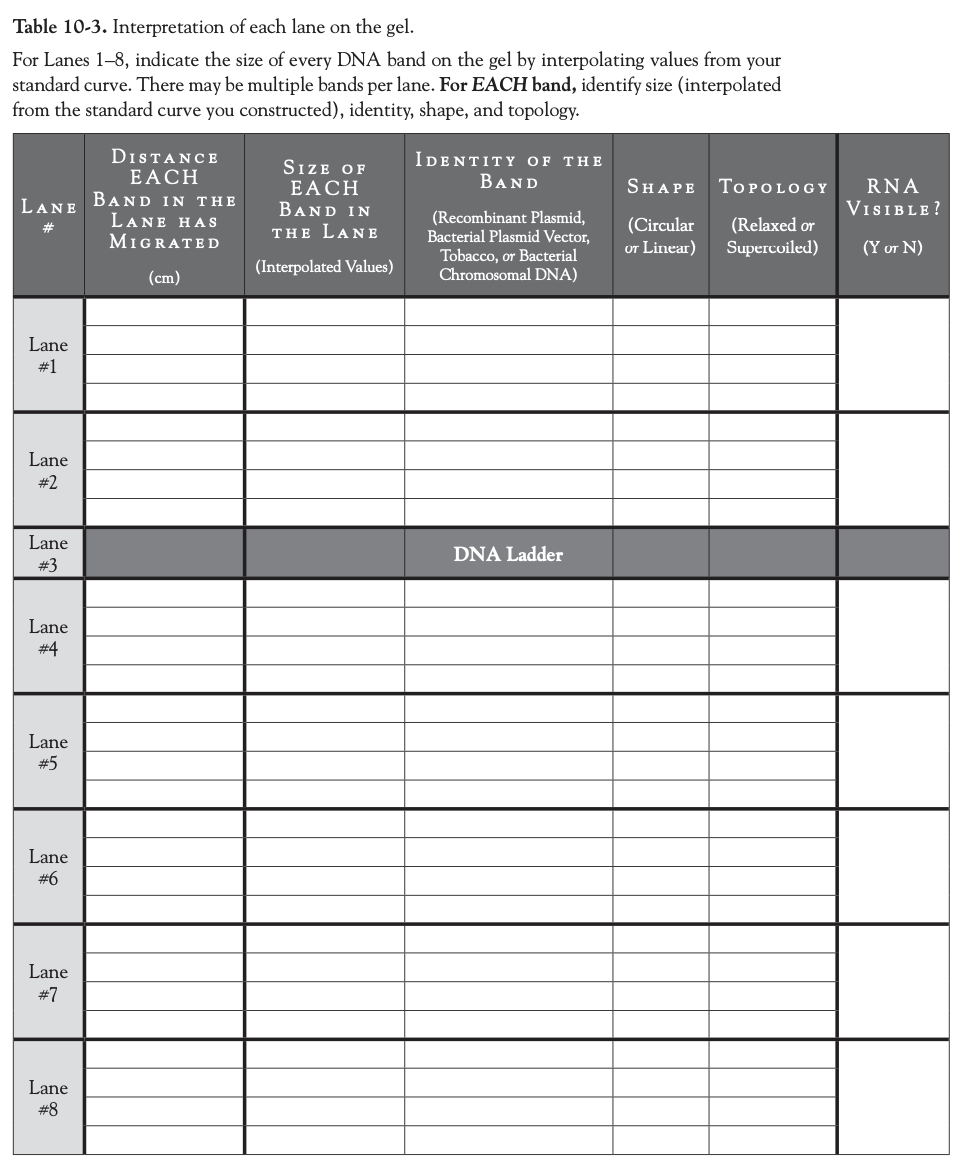
Incomplete digestion may occur when too much or too little enzyme is used. Incomplete digestion may occur when too much or too little enzyme is used.
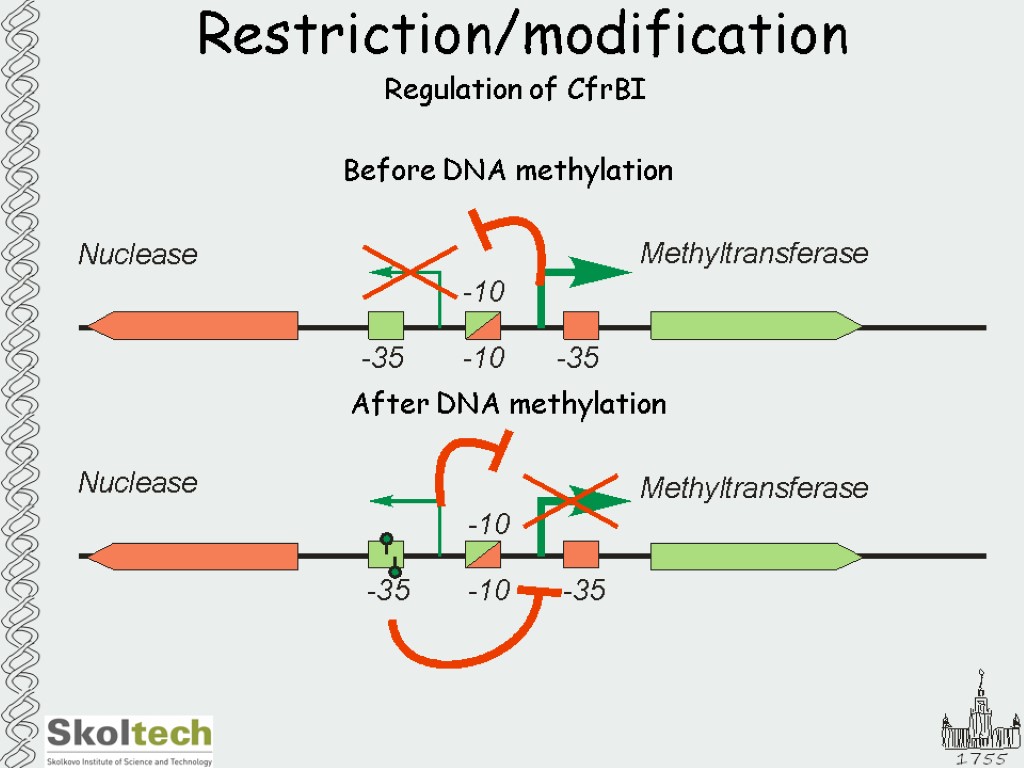
What happens if you use too much restriction enzyme? Incomplete digestion may occur when too much or too little enzyme is used.
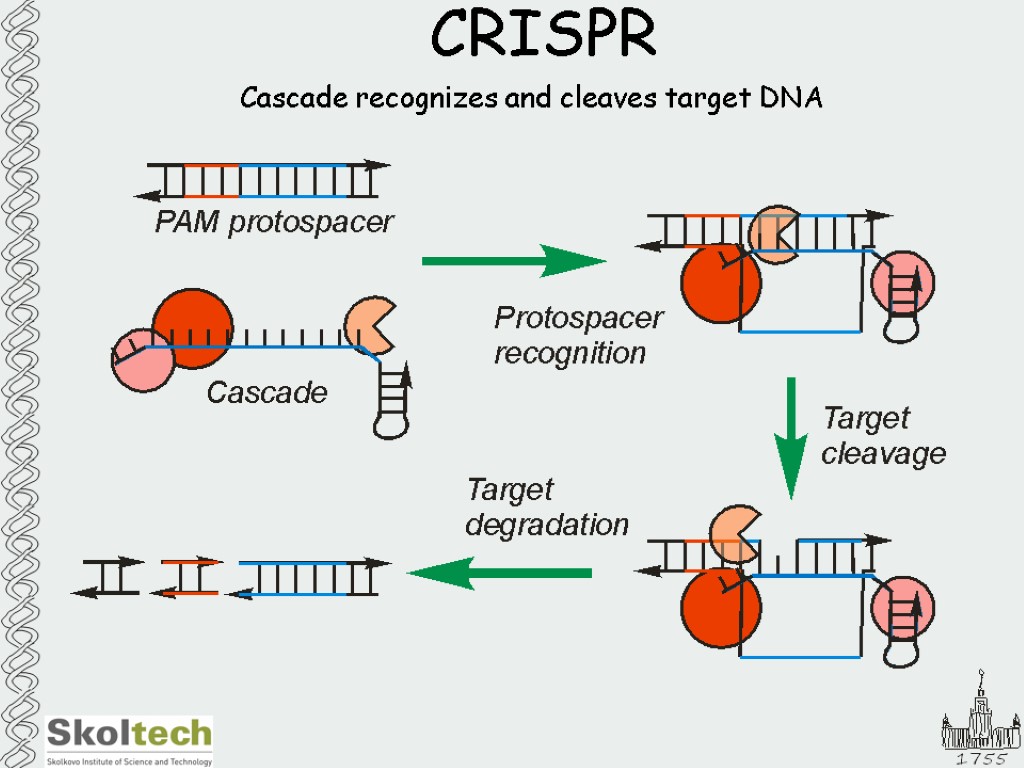
Incomplete digestion may occur when too much or too little enzyme is used. The presence of contaminants in the dna sample can inhibit the enzymes, also resulting in incomplete digestion.
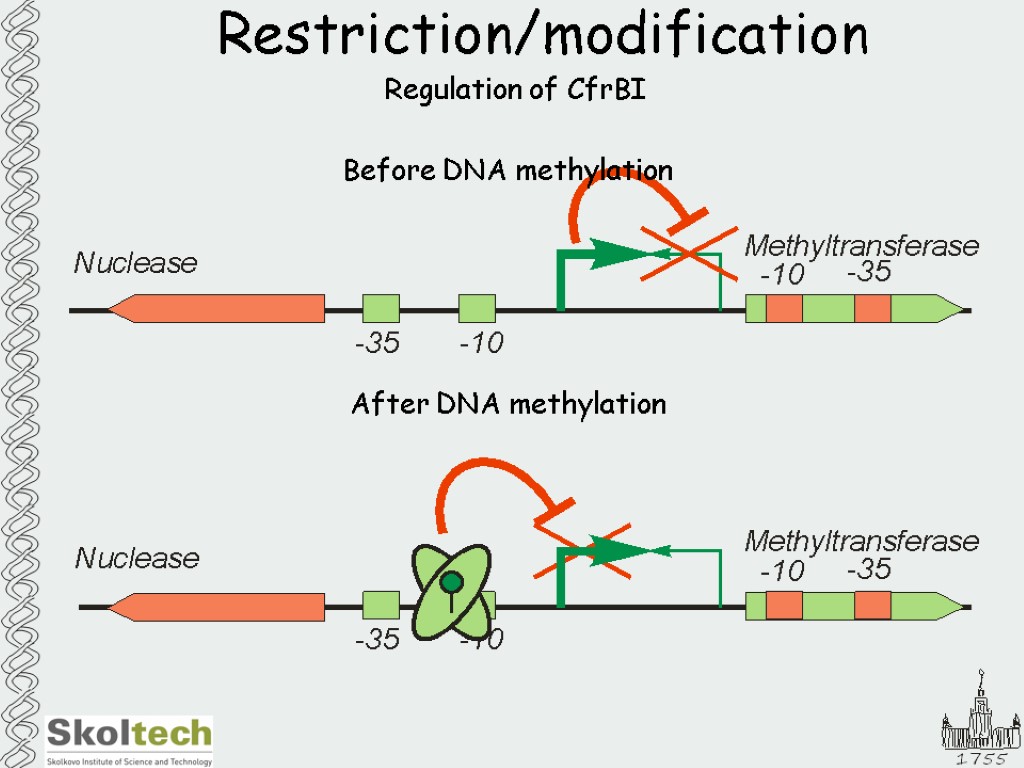
Incomplete digestion is a frequently encountered issue when using restriction endonucleases. Incomplete digestion may occur when too much or too little enzyme is used.
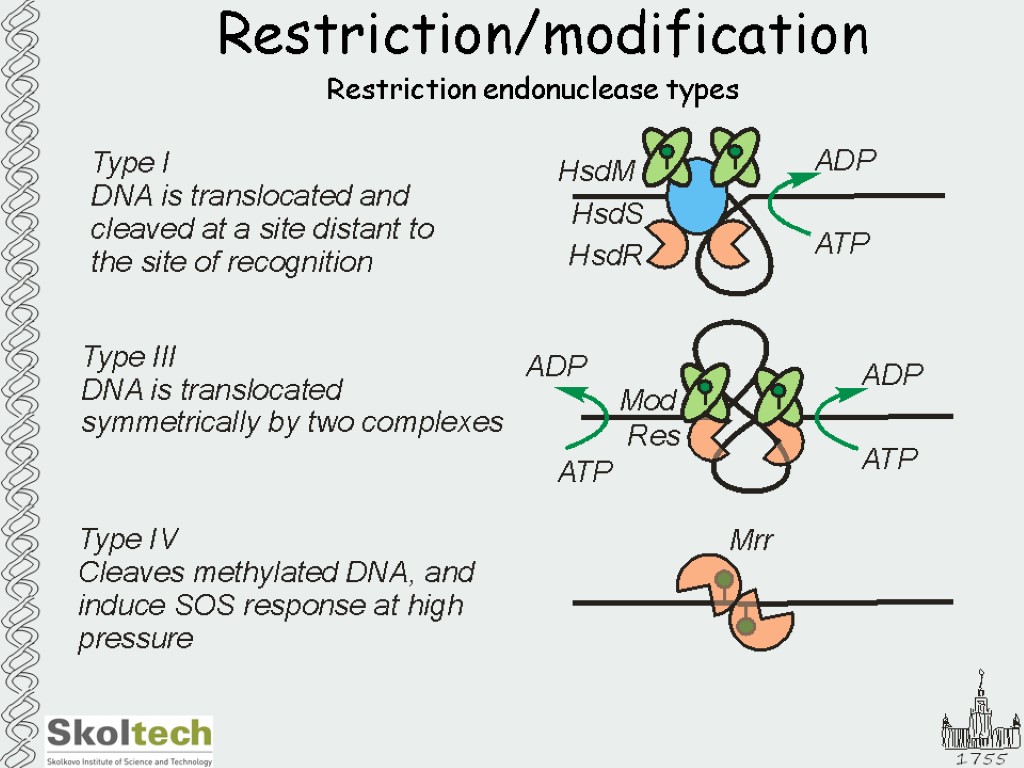
One unit of enzyme will cut 1 µg of dna in a 50 µl reaction in 1 hour. What happens if you add too much restriction enzyme?
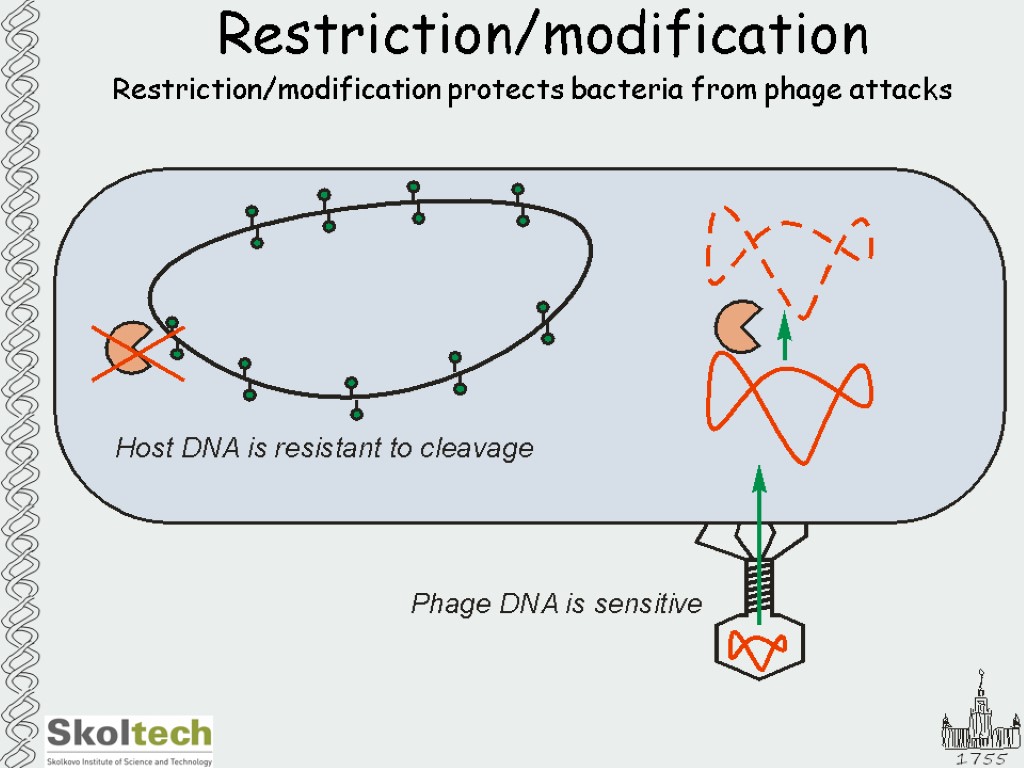
The presence of contaminants in the dna sample can inhibit the enzymes, also resulting in incomplete digestion. If the control dna does not cut in that reaction, you have an inhibitor present in your experimental dna.

1 µl of each restriction enzyme. What happens if you add too much restriction enzyme?

Incubate at correct temperature for approx. Type iig restriction endonucleases (e.g., rm.

Incomplete digestion may occur when too much or too little enzyme is used. 100 µl seems like a large volume to use, but this helps dilute any impurities in the plasmid prep.

The second most common reason a restriction digestion fails is the presence of dna methylation that's blocking the enzyme. Andrew jenkins' answer shows that some restriction enzymes are extremely stable and others are not.
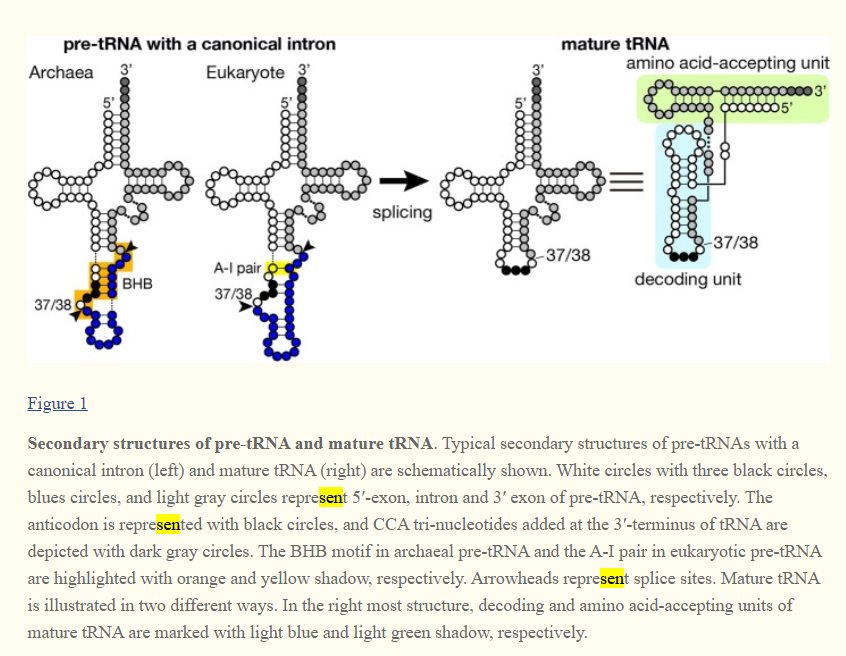
The presence of contaminants in the dna sample can inhibit the enzymes , also resulting in incomplete digestion. There can be only two possible reasons for this:
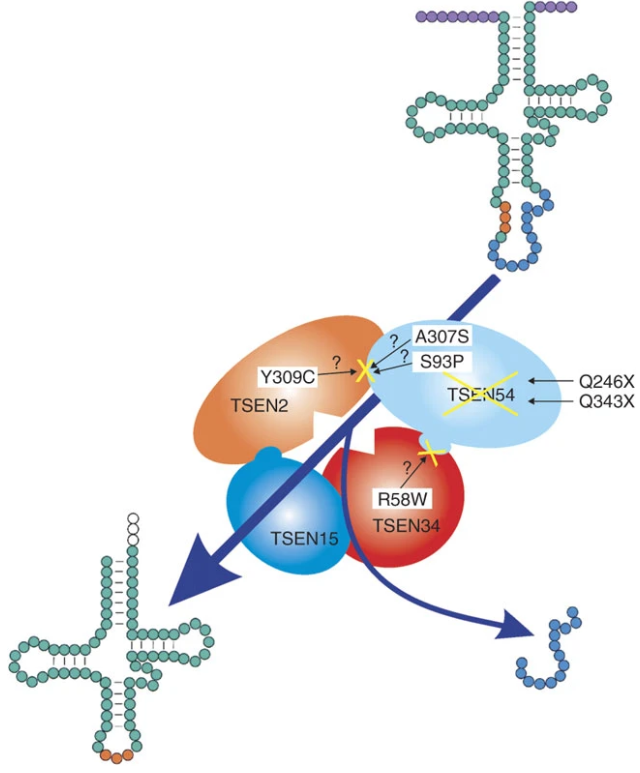
The presence of contaminants in the dna sample can inhibit the enzymes, also resulting in incomplete digestion. The presence of contaminants in the dna sample can inhibit the enzymes, also resulting in incomplete digestion.

One unit of enzyme will cut 1 µg of dna in a 50 µl reaction in 1 hour. What happens if you use too much restriction enzyme?
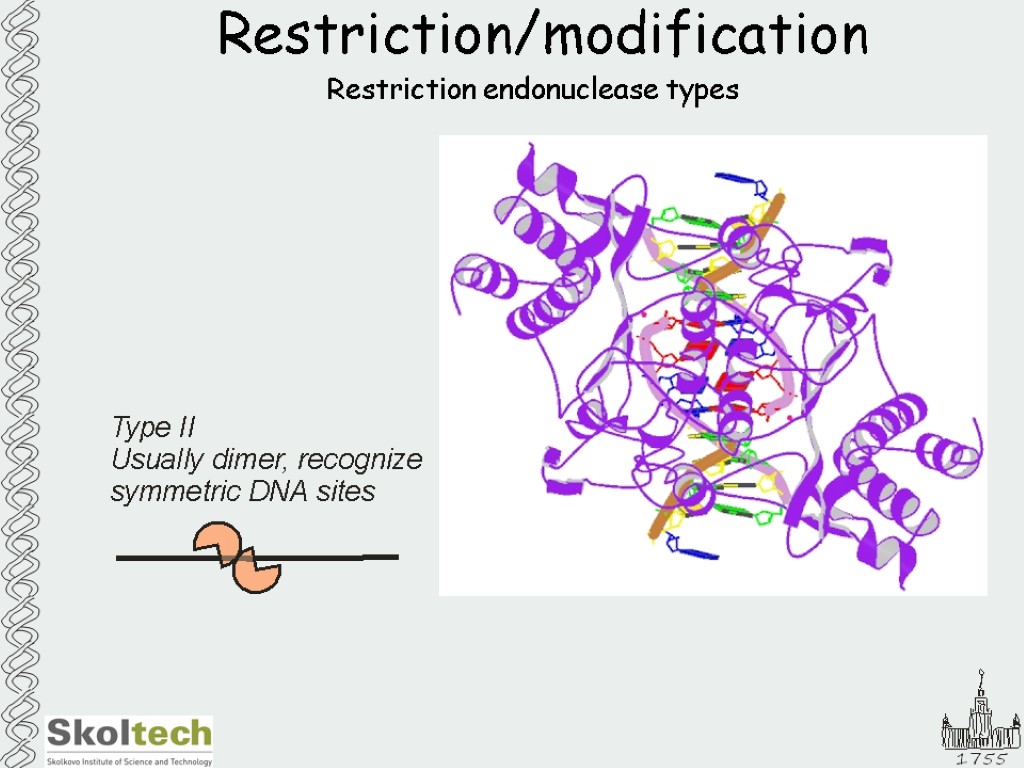
Use the recommended buffer supplied with the restriction enzyme; But the main problem is that the first enzyme i used is bamhi which is fastdigest but when i run it on the gel it gave me unexpected bands which means over digestion (6 hours) star activity and (no difference between cut and uncut (45.

Clean up the dna to remove contaminants. The band appears to run fast (implying that it.

Incomplete digestion is a frequently encountered issue when using restriction endonucleases. But the main problem is that the first enzyme i used is bamhi which is fastdigest but when i run it on the gel it gave me unexpected bands which means over digestion (6 hours) star activity and (no difference between cut and uncut (45.
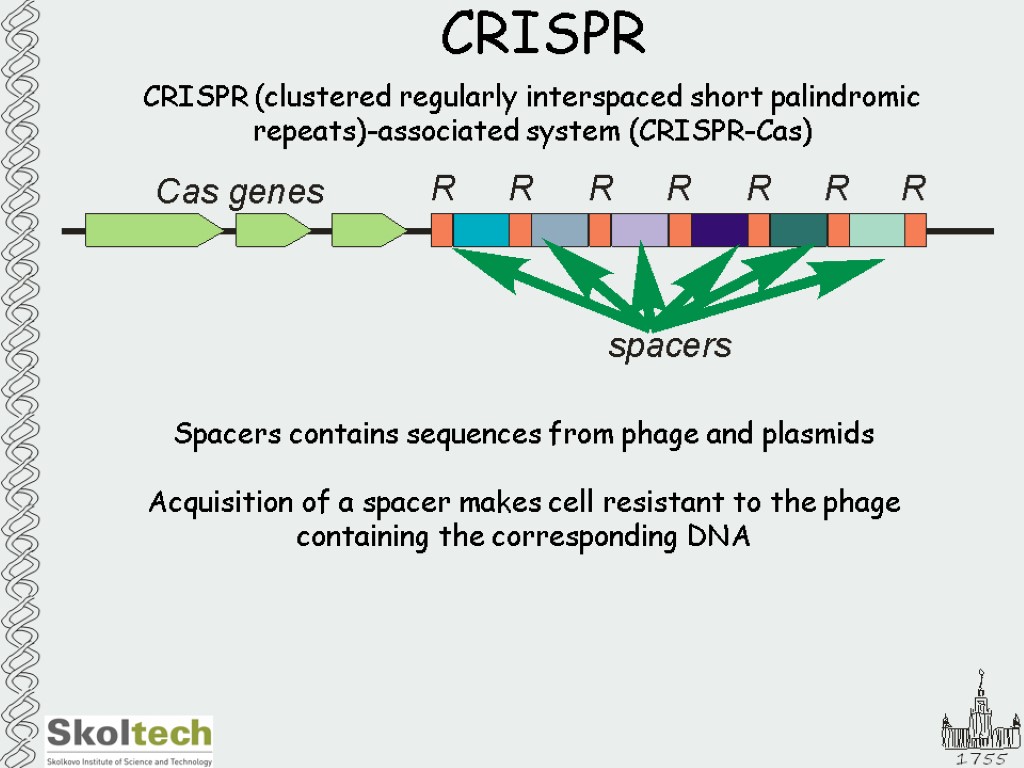
Incubate at correct temperature for approx. What happens if you add too much restriction enzyme?
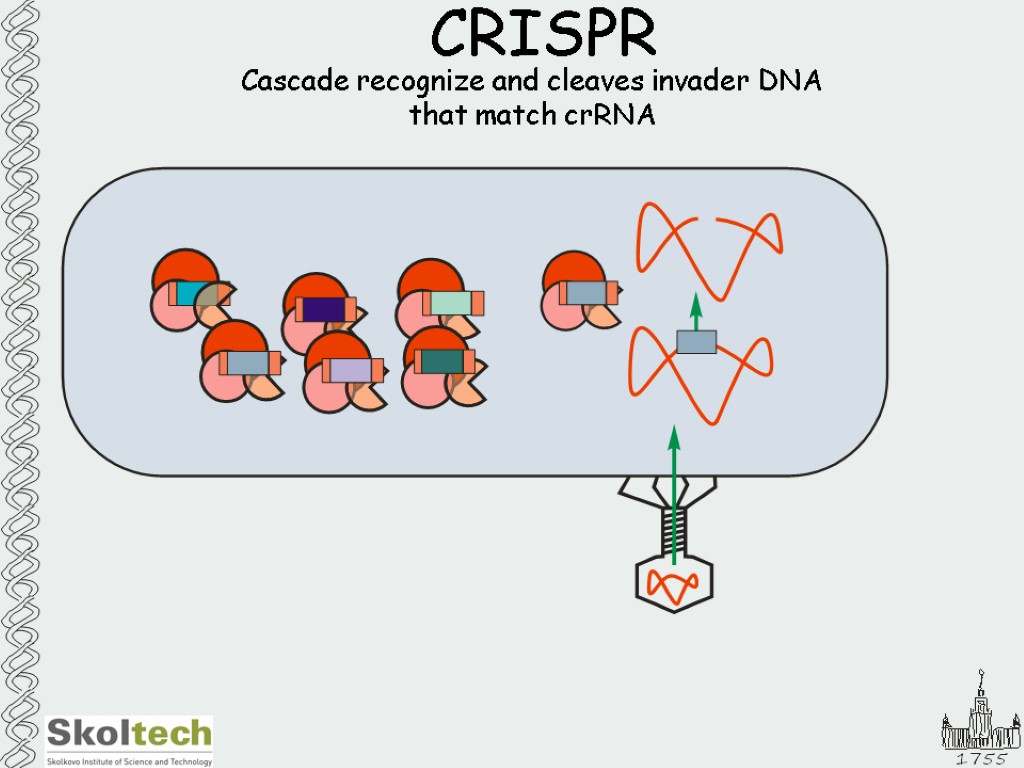
Andrew jenkins' answer shows that some restriction enzymes are extremely stable and others are not. Clean up the dna to remove contaminants.
The Presence Of Contaminants In The Dna Sample Can Inhibit The Enzymes, Also Resulting In Incomplete Digestion.Clean up the dna to remove contaminants. Make sure you check your enzyme's methylation sensitivity profile before using it. Incomplete digestion may occur when too much or too little enzyme is used.
Incomplete Digestion May Occur When Too Much Or Too Little Enzyme Is Used.But the main problem is that the first enzyme i used is bamhi which is fastdigest but when i run it on the gel it gave me unexpected bands which means over digestion (6 hours) star activity and (no difference between cut and uncut (45. 17 rows too few units of enzyme used: Now imagine cutting the same plasmid with bamhi (another popular restriction enzyme) and that bamhi only cuts the plasmid once, to linearise it.
Incomplete Digestion May Occur When Too Much Or Too Little Enzyme Is Used.The presence of contaminants in the dna sample can inhibit the enzymes, also resulting in incomplete digestion. The presence of contaminants in the dna sample can inhibit the enzymes, also resulting in incomplete digestion. Andrew jenkins' answer shows that some restriction enzymes are extremely stable and others are not.
Can I Freeze A Restriction Digest?Incomplete digestion is a frequently encountered issue when using restriction endonucleases. The presence of contaminants in the dna sample can inhibit the enzymes, also resulting in incomplete digestion. The second most common reason a restriction digestion fails is the presence of dna methylation that's blocking the enzyme.
Incomplete Digestion May Occur When Too Much Or Too Little Enzyme Is Used.The band appears to run fast (implying that it. Incomplete digestion may occur when too much or too little enzyme is used. Which type ii restriction enzyme cuts the methylated dna?
Komentar
Posting Komentar